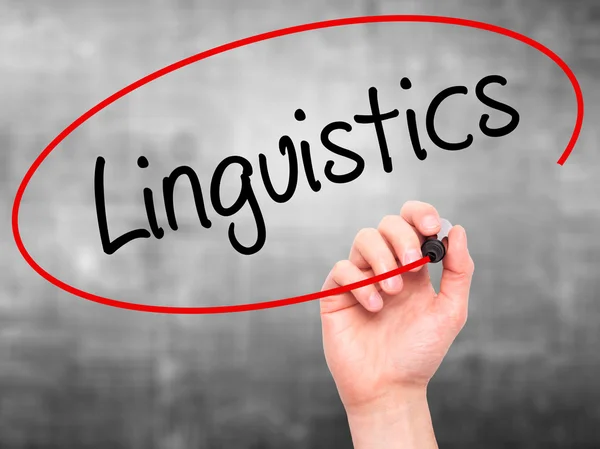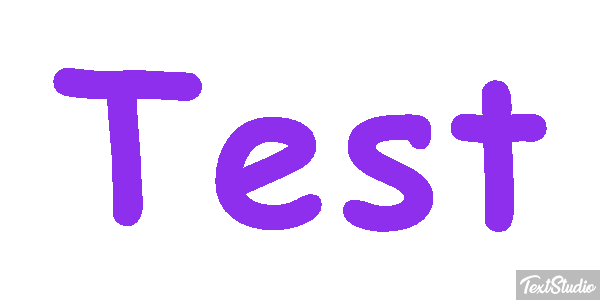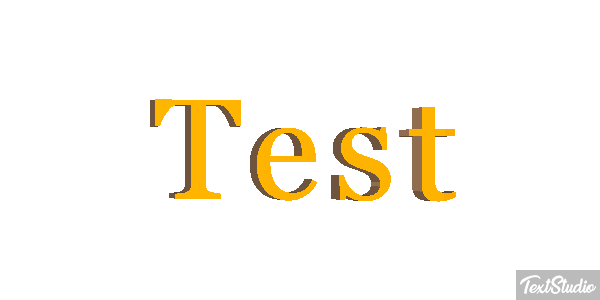Linguistics
Aperçu des semaines
-

- University: Abou Bekr Belkaid-Tlemcen
- Faculty: Letters and Languages
- Department: English
- Target Audience: L2 English Section and FILA2 (Applied English-International Finance)
- Course Title: Linguistics
- Course Unit: Fundamental
- Coefficient: 02
- Credit: 04
- Workload Hours:
45 hours (15 weeks)
3 hours weekly
- Time and Place:
Tuesday: 14h00-15h00, CR2
Wednesday: 12h30-14h00, R34
- Evaluation mode:
40%: Continuos Evaluation
60%: Written Exam
- Teacher: Dr. Wassila Ouldji
- Email:
wassila.ouldji@univ-tlemcen.dz
nessmaouldji31@gmail.com- Availability: Office: Monday, Tuesday, and Wednesday 11h30-12h30
-

This course, "Linguistics", aims to:
- Define the different linguistic levels of analysis.
- List key tools (e.g., IPA, tree diagrams) and techniques used in linguistic analysis.
- Explain the nature and structure of human language using linguistic terminology.
- Explaining how linguistic features vary by context.
- Apply the rules of levels of analysis in language.
-
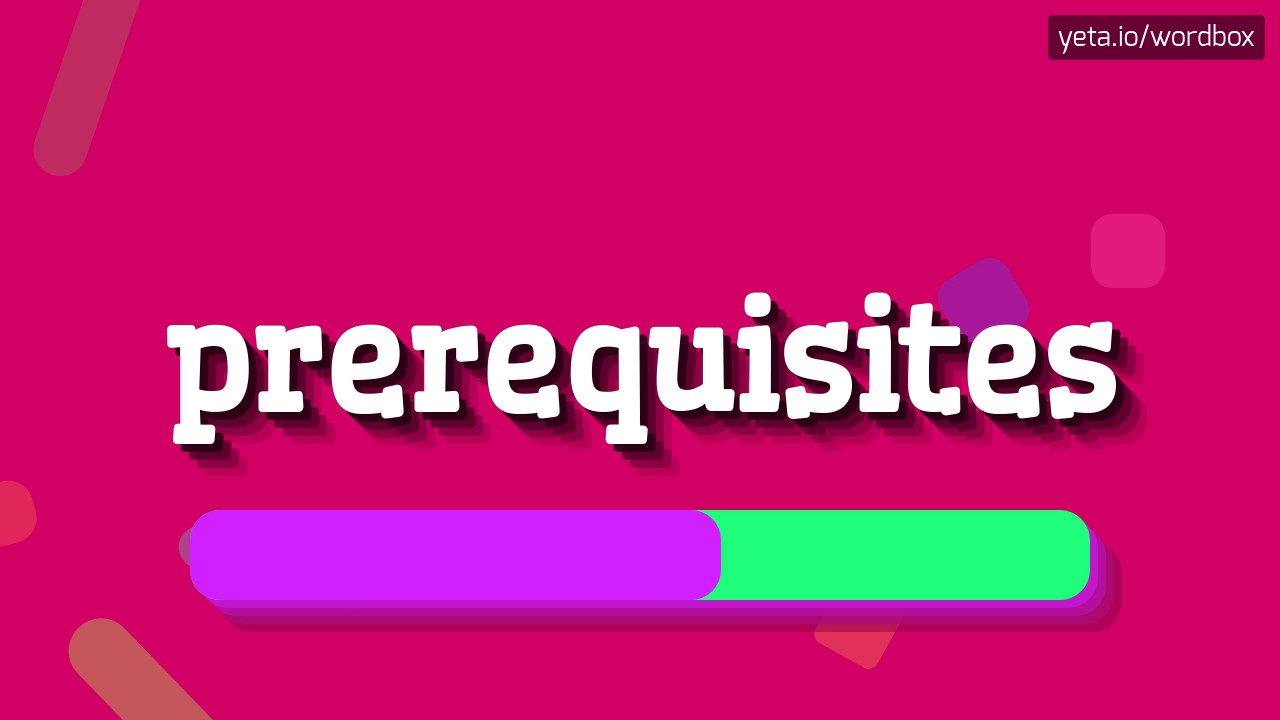
Before starting this course, students must be able to:
- Transcribe simple English words.
- Break down words into morpheme.
-

Before we dive in, I'd like to get a sense of what you already know about Linguistics. This isn't a “test” test: no grades, no stress, no due date. It's more like a quick check-in so I can point you toward the most helpful stuff.
-

-
Introduction
Chapter 1: Phonetics and Phonology
Chapter 2: Morphology
Conclusion
-
-

Welcome to today’s Q&A session! Feel free to ask questions.
-
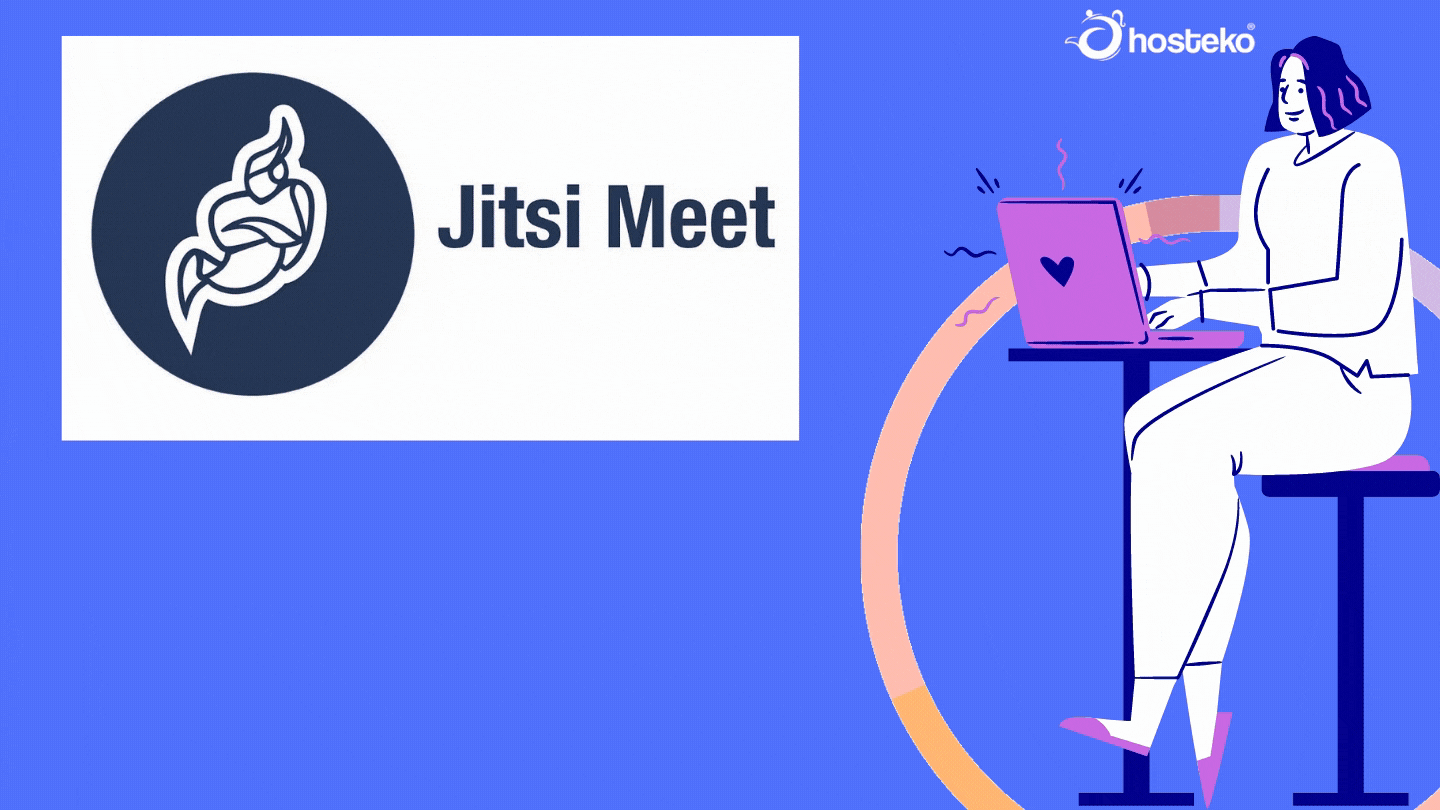 Welcome to your first Live Interactive Session, a dynamic opportunity to connect with your teacher and classmates, ask questions, and dive into the course together. Come ready to share ideas, discuss key topics, and make this learning experience engaging for everyone. Let's get started.
Welcome to your first Live Interactive Session, a dynamic opportunity to connect with your teacher and classmates, ask questions, and dive into the course together. Come ready to share ideas, discuss key topics, and make this learning experience engaging for everyone. Let's get started.
-
-

This chapter dives into the building blocks of speech. Phonetics is all about the actual sounds we make, how your tongue, lips, and vocal cords work together to produce sounds like /p/ or /s/. Phonology, on the other hand, explores how those sounds function in language. Why does “pin” sound different from “bin”? You’ll learn tools like the IPA to transcribe sounds and discover patterns that even native speakers follow without realising.
-

Specific Objectives
By the end of this chapter, you will be able to:
- Define key terms and the branches of phonetics.
- Classify speech sounds by their articulatory features.
- Differentiate phonetic versus phonological analysis of speech sounds.
- Assess how phonological rules explain sound patterns in languages.
- Construct phonological rules for unfamiliar language data
-
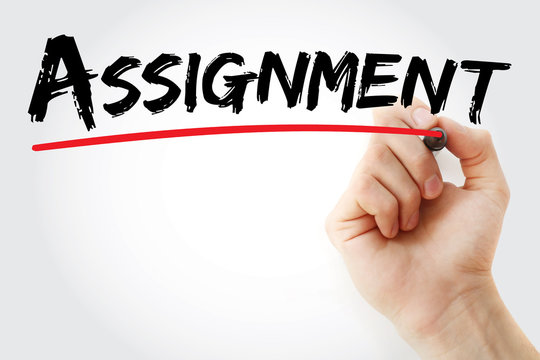 Record your assignment, then submit your work through the Moodle platform. If needed, you may download your recording before uploading it.
Record your assignment, then submit your work through the Moodle platform. If needed, you may download your recording before uploading it. -
This is a general communication space designed for open discussions, collaboration, and sharing about Phonetics and Phonology.
-
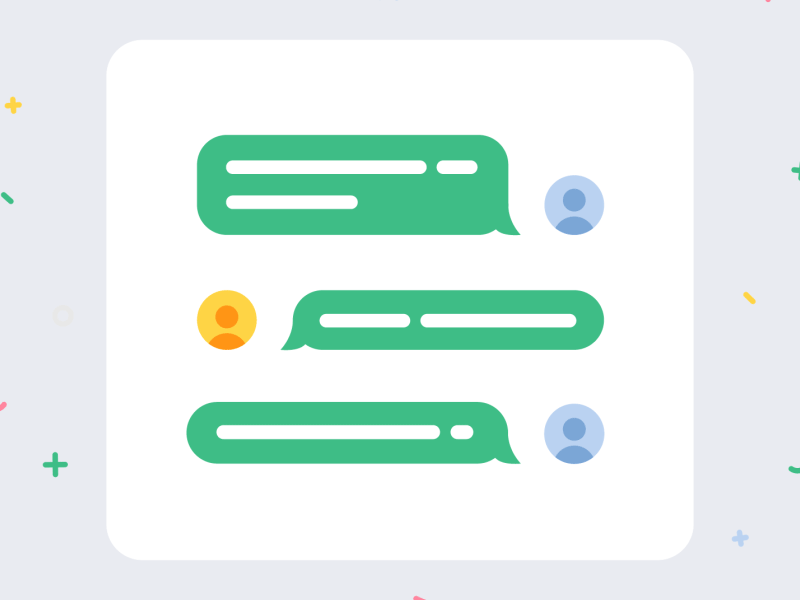
This space is dedicated to:
Chapter-related questions
Technical issues with the platform
Discussions with the instructor and/or fellow students
-
-

Here, we crack open words like puzzles. Morphemes are the smallest meaningful pieces, like “un-” (not), “happy,” and “-ness” in “unhappiness.” Some stand alone (“book”), while others cling to words (“-ing”). You’ll see how we build words (e.g., “google” becoming a verb) and how grammar shapes them (like adding “-s” for plurals). By the end, you’ll spot word tricks everywhere—from slang like “brunch” to why “knee” has a silent “k.”
-

Specific Objectives
By the end of this chapter, students should be able to:
- Describe the concept of morphology and its role in word formation.
- Identify basic stems and affixes in given words.
- Classify morphemes into free, bound, derivational, and inflectional types.
- Explain the processes by which new words are formed.
- Distinguish between morphological processes.
- Construct new words using various morphological rules.
- Analyze complex words to break them down into morphemes.
-
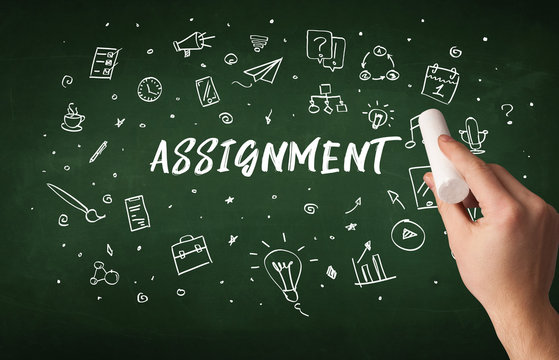 Collaborate with your group, share resources, discuss ideas, and submit your final assignment as a single file by the deadline.
Collaborate with your group, share resources, discuss ideas, and submit your final assignment as a single file by the deadline. -

This is a general communication space designed for open discussions, collaboration, and sharing about Morphology.
-
This space is dedicated to:
Chapter-related questions
Technical issues with the platform
Discussions with the instructor and/or fellow students
-
-
-
Assessment Overview
This summative assessment evaluates students' understanding of key linguistic concepts covered in the platform, including phonetics, phonology, morphology, and word formation processes. The activities are designed to test both theoretical knowledge and practical application.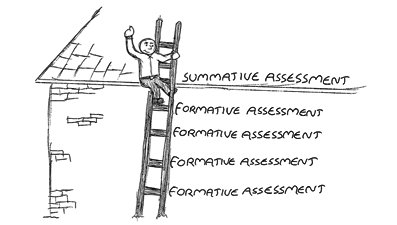
-
-

-
Answer all questions by selecting the correct option for each item.
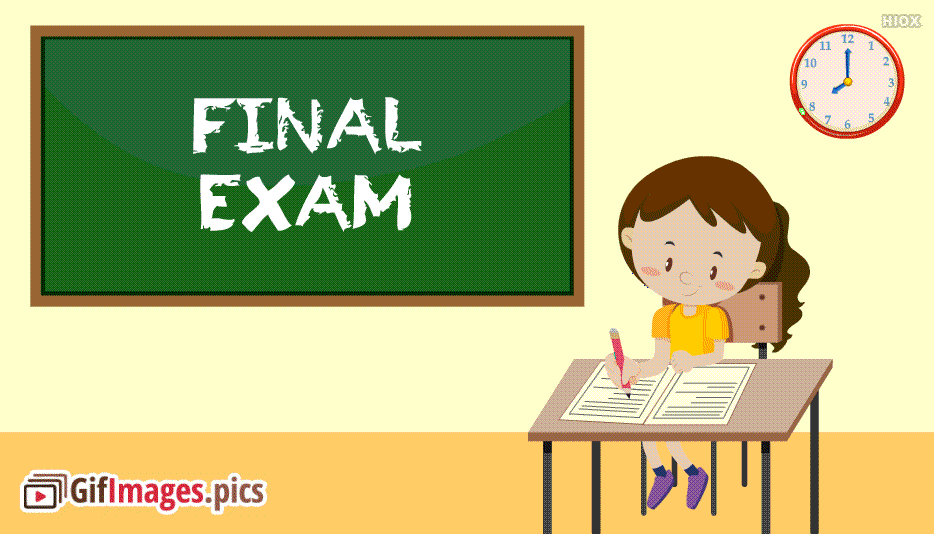
-
-

-
Bibliography
Aronoff, M., & Fudeman, K. (2011). What is morphology? (2nd ed.). Wiley-Blackwell.
Booij, G. (2012). The grammar of words: An introduction to linguistic morphology (3rd ed.). Oxford University Press.
Gussenhoven, C., & Jacobs, H. (2017). Understanding phonology (4th ed.). Routledge.
Ladefoged, P., & Johnson, K. (2015). A course in phonetics (7th ed.). Cengage Learning.
Roach, P. (2009). English phonetics and phonology: A practical course (4th ed.). Cambridge University Press.
-
Web Resources
https://coehuman.uodiyala.edu.iq/uploads/Coehuman%20library%20pdf/English%20library%D9%83%D8%AA%D8%A8%20%D8%A7%D9%84%D8%A7%D9%86%D9%83%D9%84%D9%8A%D8%B2%D9%8A /linguistics/A_Dictionary_of_Linguistics_&_Phonetics_-_6th._edition_-_2008.pdf
https://evaeducation.weebly.com/uploads/1/9/6/9/19692577/chapter__5.pdf https://www.blackwellpublishing.co.uk/content/BPL_Images/Content_store/Sample_chapter/9780631203186 /Aronoff_sample%20chapter_What%20is%20morphology.pdf
https://www.researchgate.net/publication/342546986 https://www.researchgate.net/publication/383395491 https://scholar.harvard.edu/files/adam/files/phonology.ppt.pdf
https://uomustansiriyah.edu.iq/media/lectures/8/8_2021_02_24!01_59_35_PM.pdf https://www.researchgate.net/publication/317426738_Chapter_4_Morphology
https://www.kau.edu.sa/Files/0008867/Subjects/8714_5Word%20Formation%20Processes.pdf
-
-

